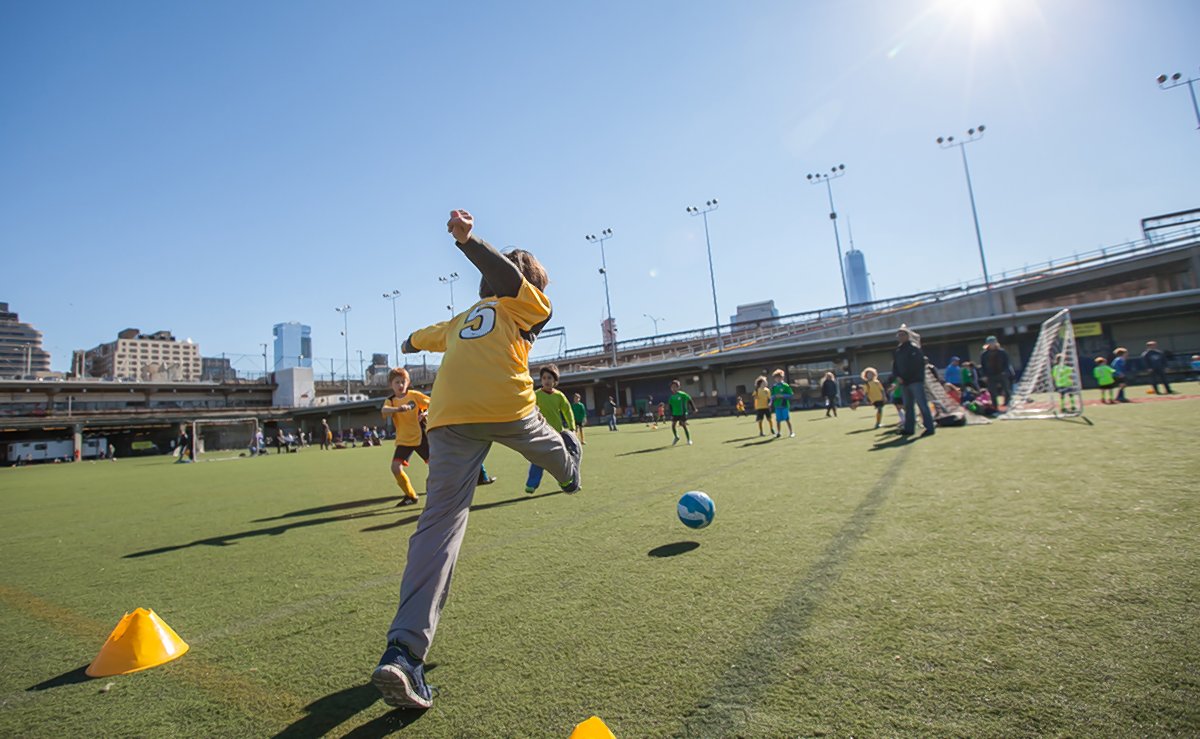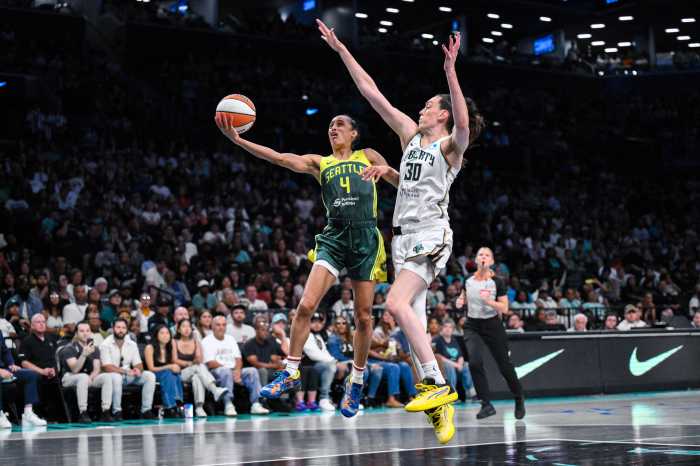BY LINCOLN ANDERSON Updated May 29, 8:00 p.m. | As expected, the legislative amendments being proposed by state lawmakers for Pier 40 include allowing commercial office development on the jumbo-sized W. Houston St. pier.
However, the modifications also call for bumping up the amount of the pier’s public open space by 23 percent.
But what the legislators are pitching isn’t sitting well with most members of Community Board 2. In fact, Tobi Bergman, the chairperson of the board’s Pier 40 Working Group and a former chairperson of the Village board, resigned at last week’s C.B. 2 full-board meeting, charging the lawmakers had “ignored” an extensive resolution C.B. 2 passed on Pier 40 last month, in which they outlined what the legislative amendments should contain. Bergman said that, instead, the politicians were clearly responding to “political exigencies,” which he did not elaborate further on.
Carter Booth, the board’s chairperson, also issued a stinging rebuke of the legislation.
Assemblymember Deborah Glick released the draft legislative proposal last Thursday afternoon — right before the start of the Memorial Day long weekend. A public forum on the proposed changes was held the day right after the holiday, when many people were still out of town.
Pier 40 is one of two remaining “commercial nodes” permitted to generate additional revenue for Hudson River Park. Any changes to permit currently prohibited uses — such as commercial offices — on the 14-acre Lower West Side pier must come from changes in the Hudson River Park Act of 1998 passed by the state Legislature.
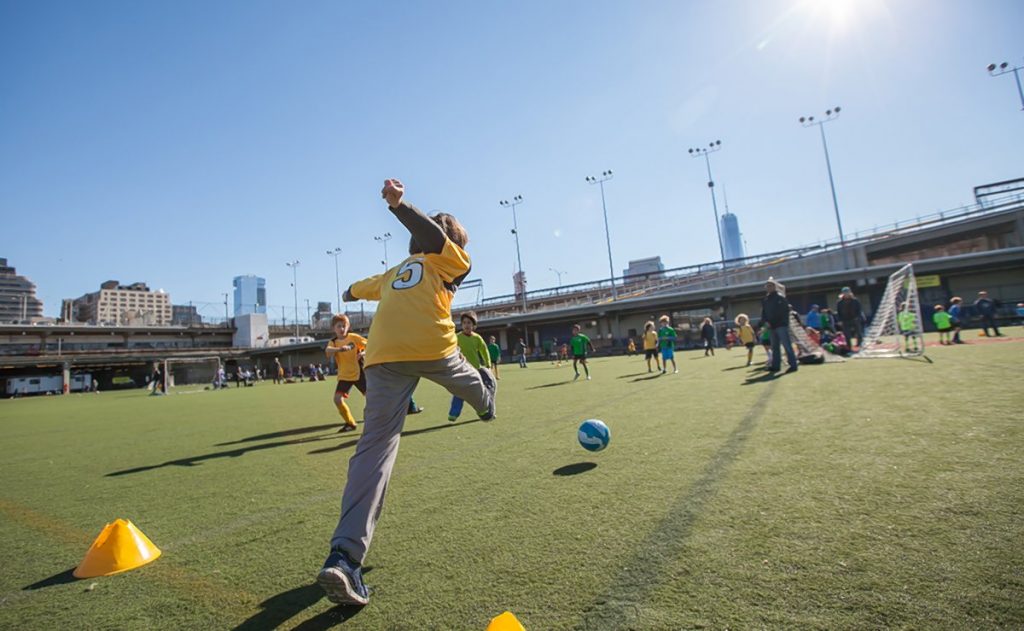
The Hudson River Park Trust, the waterfront park’s governing state-city authority, favors adding office use as a dependable revenue generator at Pier 40, which currently boasts parking as its main moneymaker. According the Park Act, the park is supposed to be financially self-sustaining “to the extent practicable.”
In a first-of-its-kind process, local lawmakers and/or their representatives have met regularly since the start of the year to hash out what the proposed use changes for Pier 40 should be, and to determine what parameters for the pier’s redevelopment — such as height — can or should be set legislatively.
The Trust wants to pass the amendments during the current legislative session, which runs through the end of June. However, the authority is not happy with the lease term being proposed for Pier 40 or limitations on the size of what it can build there.
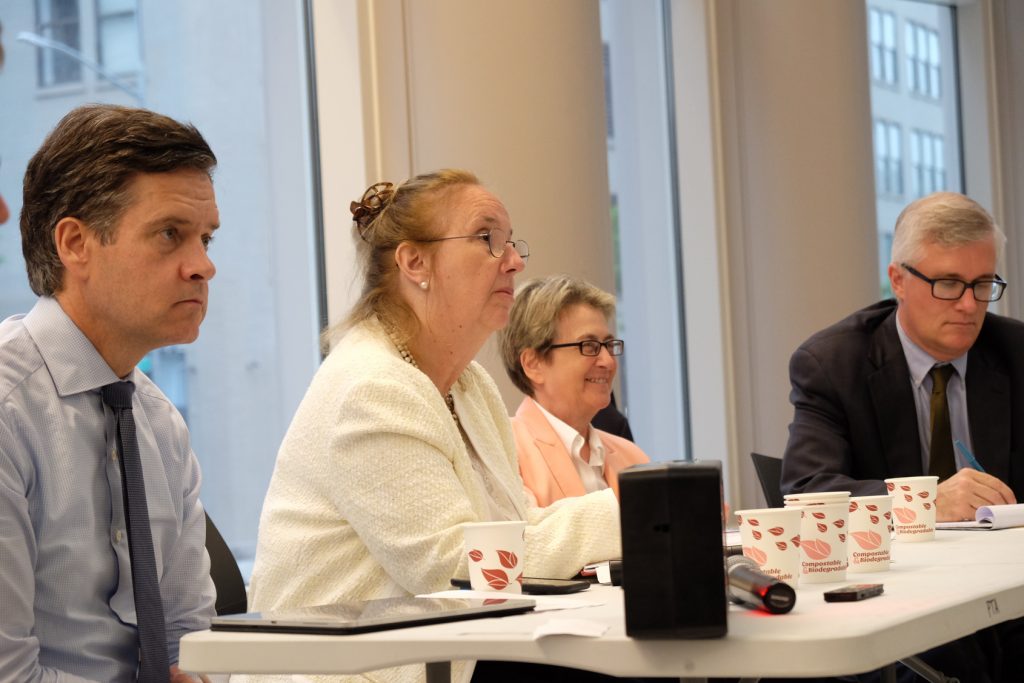
The politicians noted they used the groundwork laid by the Community Board 2 Future of Pier 40 Working Group, which was started in 2017, as a template for their discussions.
“It is imperative that if any changes are made to the Hudson River Park Act that will allow for future development at Pier 40,” Glick said, “they must evoke the desires of the greater community of residents and park users while also contributing to the financial stability of the park in the future. My colleagues and I have worked this year to find a suitable solution to the issues seen at Pier 40. Any potential changes to the Hudson River Park Act must reflect a community-driven solution at Pier 40, and the draft legislation shared here, based on many months of community input, proposes to achieve that goal.”
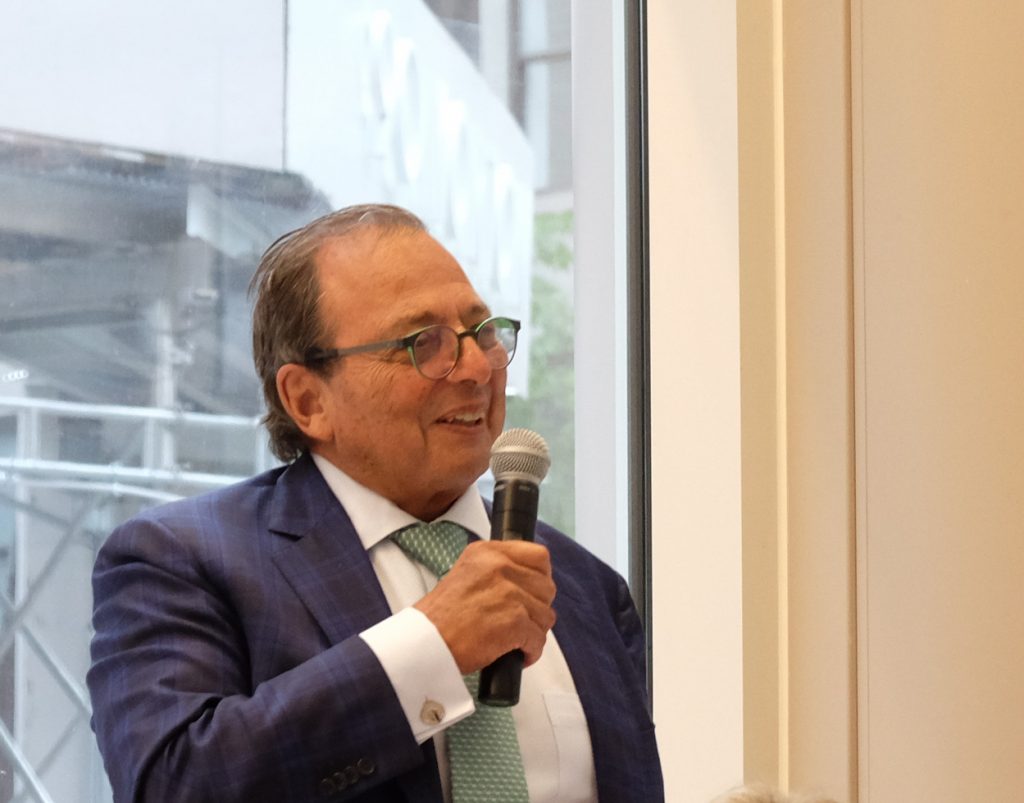
Among the proposed measure’s stipulations is that no commercial office on Pier 40 exceed 700,000 square feet in size. Specifically, the modification’s language refers to allowing “business, professional or governmental office space.”
The pier’s existing donut-shaped two-story pier shed encloses 761,924 square feet of space.
Another proposed regulation change is that no structure on the pier would be allowed to exceed 88 feet in height. That is the height of the still-extant gantries — pulleys that were used when Pier 40 was a maritime pier — and is the maximum height C.B. 2 endorsed in a resolution last year. The current pier shed is about 48 feet tall.
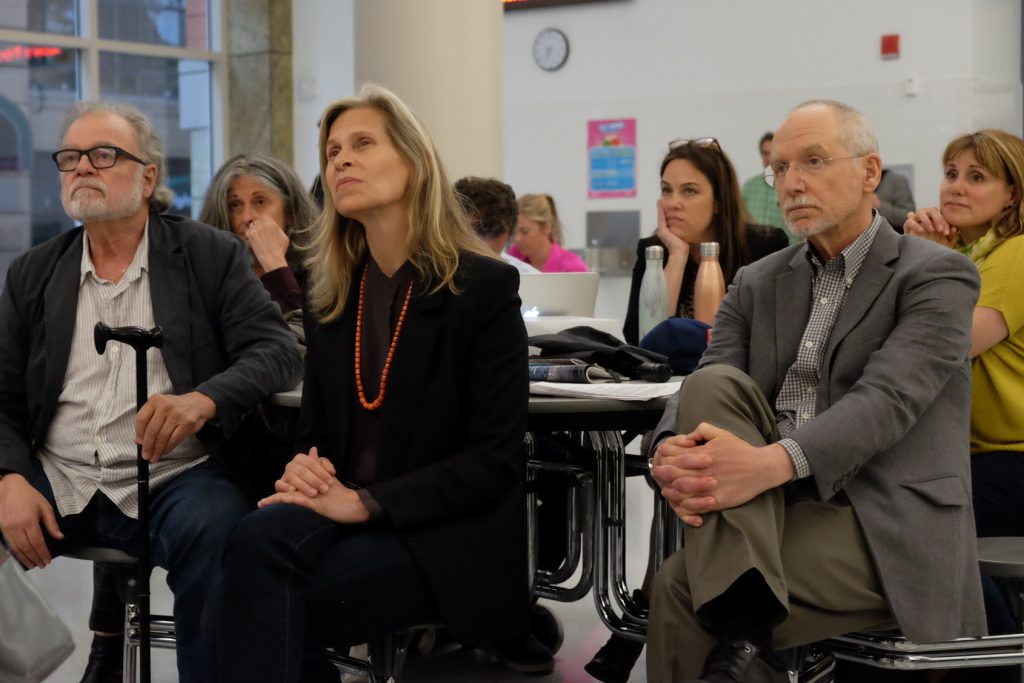
The proposed modifications would also increase the lease term for developers of Pier from 30 years to 49 years, with the option of one 25-year renewal.
No doubt pleasing local youth sports leagues, the proposed changes also would see the minimum amount of passive and/or active public open space on the pier increased. Right now, under the existing Park Act, a minimum of 50 percent of the pier’s footprint (or equivalent amount of space located throughout the pier structure on different floors) must be reserved for such uses. Under the draft proposal, that number would be boosted to 65 percent. Active open space would include playing-field space, while passive open space would include things like seating areas and plantings.
The politicians also want to see the perimeter walkway preserved around the pier in any future plans.
The lawmakers are asking members of the public to give their opinions on the proposed amendments. Comments may be submitted at the public forum on Pier 40 on Tues., May 28, from 6 p.m. to 8 p.m., at the 75 Morton St. middle school, M.S. 297. The politicians are encouraging people to submit written comments, noting that time at the forum is limited. To RSVP for the forum and to submit written comments, click here.
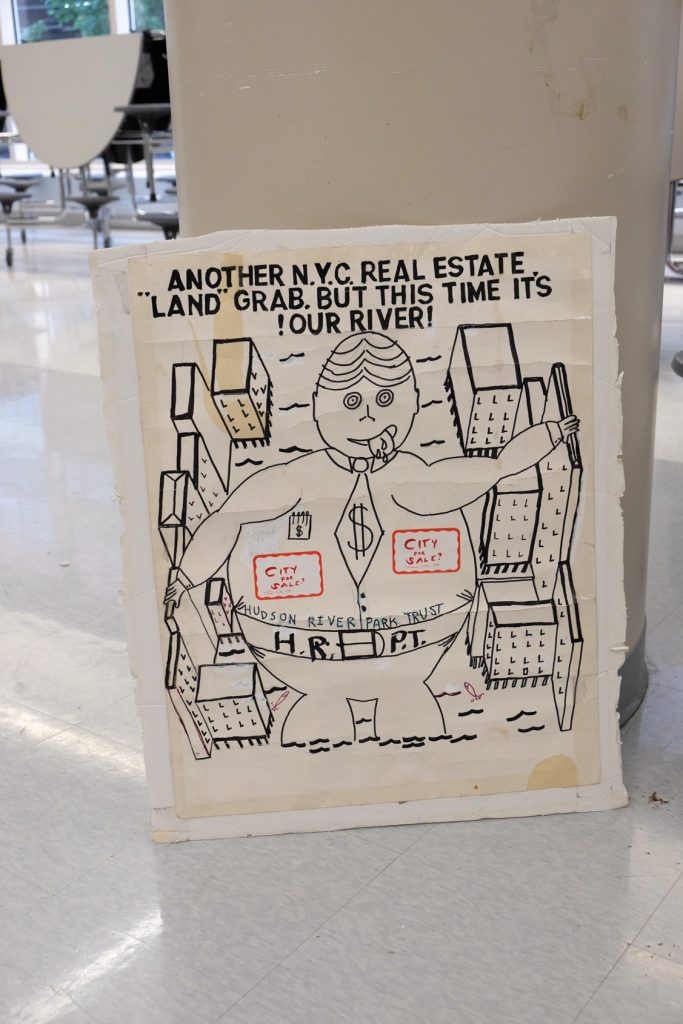
Meanwhile, Bergman, in a phone interview the day after Memorial Day, expressed his disappointment at the process, saying he “had enough.”
“I quit the community board,” he said. “This process was over-the-top for me. The electeds sent us a letter asking us to comment and for our position on Pier 40. They ignored the board’s input. I love the community board, but this just blew me away.”
Noting that he is now speaking only for himself, not C.B. 2, Bergman said that the politicians did not back up the board on several key points.
First, he noted, the board requested that if commercial offices are going to be allowed on Pier 40, then any such project should go through the city’s Uniform Land Use Review Procedure, or ULURP. The Park Act currently does not require this, but the board wanted it added. C.B. 2 also was not enthusiastic about office use on the pier, in general.
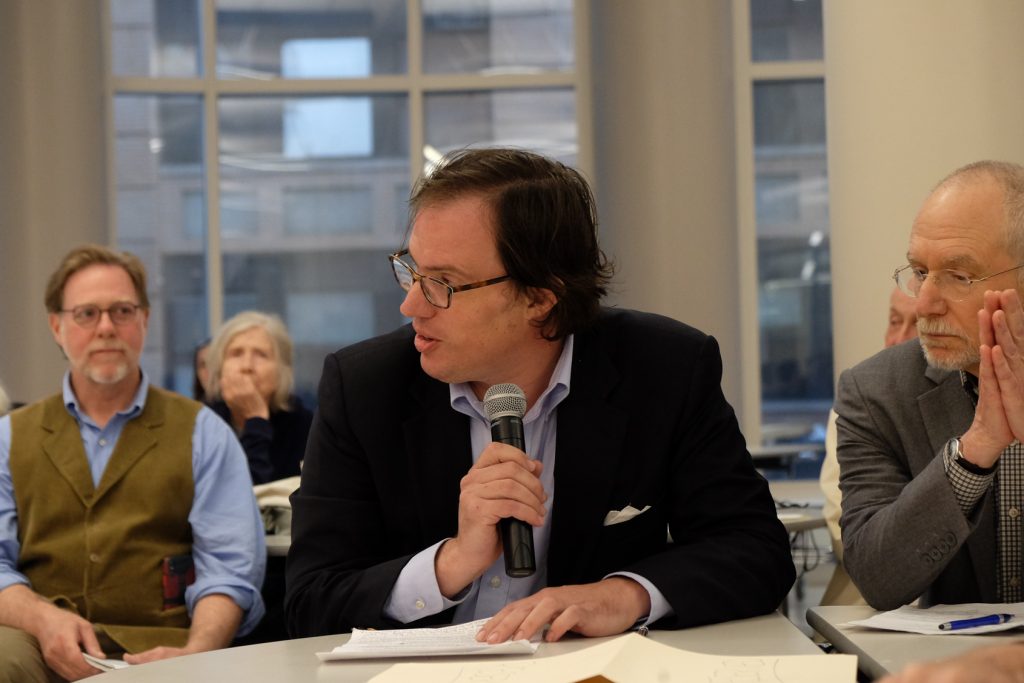
Second, C.B. 2 requested that the open space on Pier 40 be designated specifically for park use and that it be managed by the Trust.
Third, the Village board stated that, if there is to be office use on the pier, then there should be no more than 3,000 workers. But Bergman said that office space equal to 700,000 square feet could bring in as many as 5,000 workers, which would have too great an impact on the pier and park.
Furthermore, C.B. 2 said only 850,000 square feet of development rights on the pier should be used for structures, whereas the Trust wants to use the full available 1.4 million square feet.
In addition, C.B. 2 wants the current pier shed “adaptively reused” if the pier is going to redeveloped with commercial offices. But the proposed legislation provides an “easy out” for this, saying that if reuse of the current structure “is determined to be unfeasible” then a new office building could be constructed. Obviously, the Trust would have a major say — probably the primary say — in what is allegedly feasible or unfeasible on the pier.
Among local elected officials, those reportedly most committed to the adaptive reuse option are Glick and Manhattan Borough President Gale Brewer, while other local politicians are said to be more open to the “flexibility” option.
Google already will have offices at Pier 57 in Chelsea — where it will be the anchor tenant — and Bergman said that is more than enough for the 5-mile-long park.
“Hudson River Park is really coming into its own as a major park,” he said. “Putting additional office buildings at Pier 40 and Pier 76 is going to greatly diminish the park.”
Ironically, the Pier 40 Champions group — a coalition of which Bergman was a leading member — in 2013 pitched the idea of building twin market-rate residential towers at the foot of the W. Houston St. pier to raise revenue for the aging structure’s repairs and help generate revenue the park. Bergman now regret that plan, admitting it was a mistake.
At the same time, he added, “Those residential buildings were smaller. We were talking a couple hundred families. Back then, everyone wanted to build residential. Now everyone wants to build commercial.”
In addition, although Bergman did not specifically mention this, the C.B. 2 resolution stated that 80 percent of Pier 40’s footprint — or an additional 250,000 square feet — should be dedicated to park use, with all of that space slated for active recreational uses.
A former G.V.L.L. president, Bergman was one of the local youth sports and parks advocates who originally thought up the idea of creating playing fields on Pier 40. A member of C.B. 2 for 23 years, he served as its chairperson during 2015-16.
When he announced his resignation from the board last week, he received a standing ovation for his two decades-plus of work on the body, his signature issue having been Pier 40 and transforming it into a recreational mecca for local families and youth sports leagues.
Bergman noted that, as a board member, one sometimes does feel like throwing in the towel in frustration, but that this was the last straw.
“I’ve had enough,” Bergman told this paper. “I really feel severe demoralization about this process.”
Correction: The original version of this article said that the draft proposed legislative amendments calls for increasing playing-field space on the pier, when, in fact, they call for increasing public open space on the pier, meaning it could be either passive or active space, or some combination thereof.



